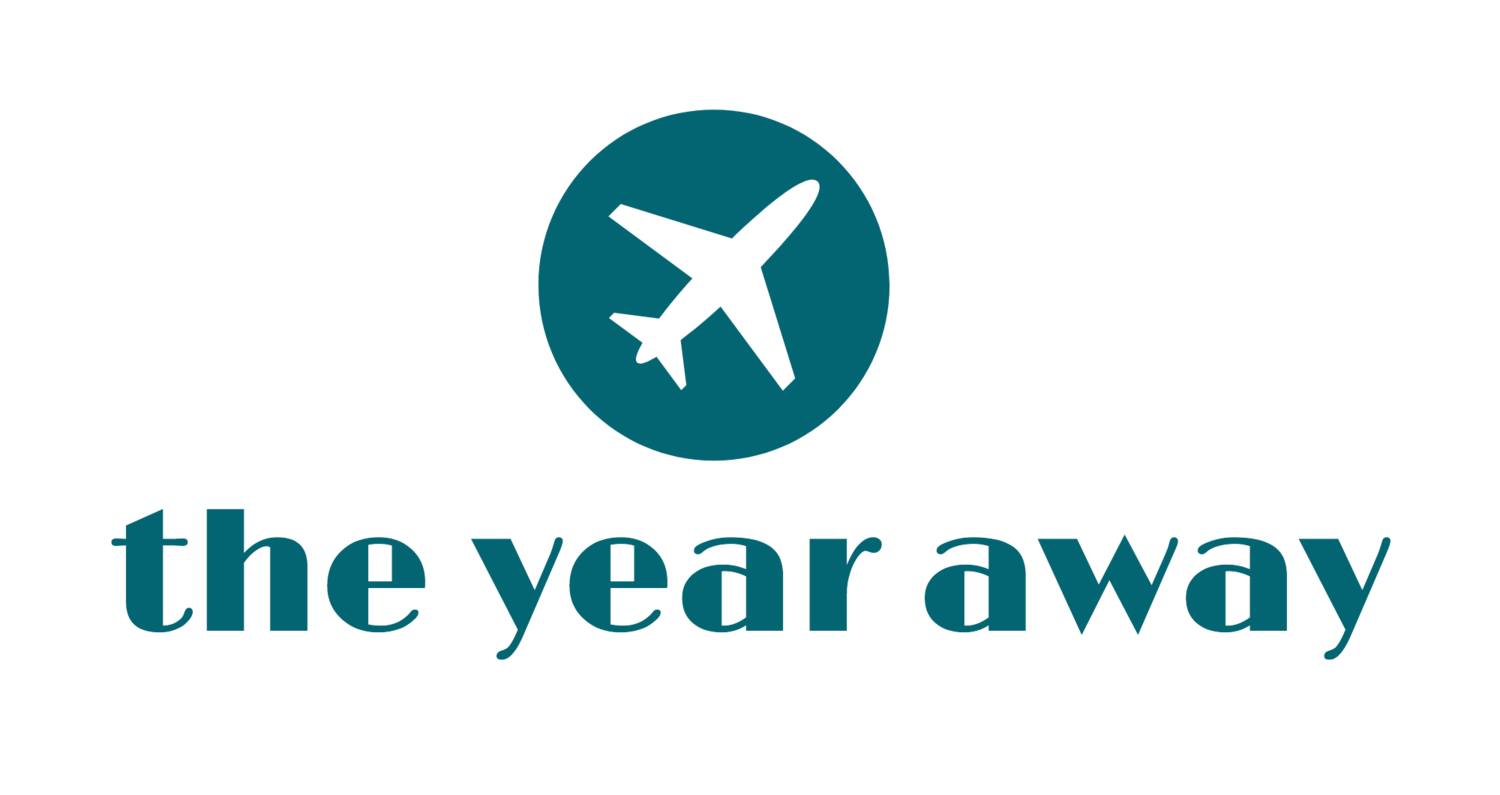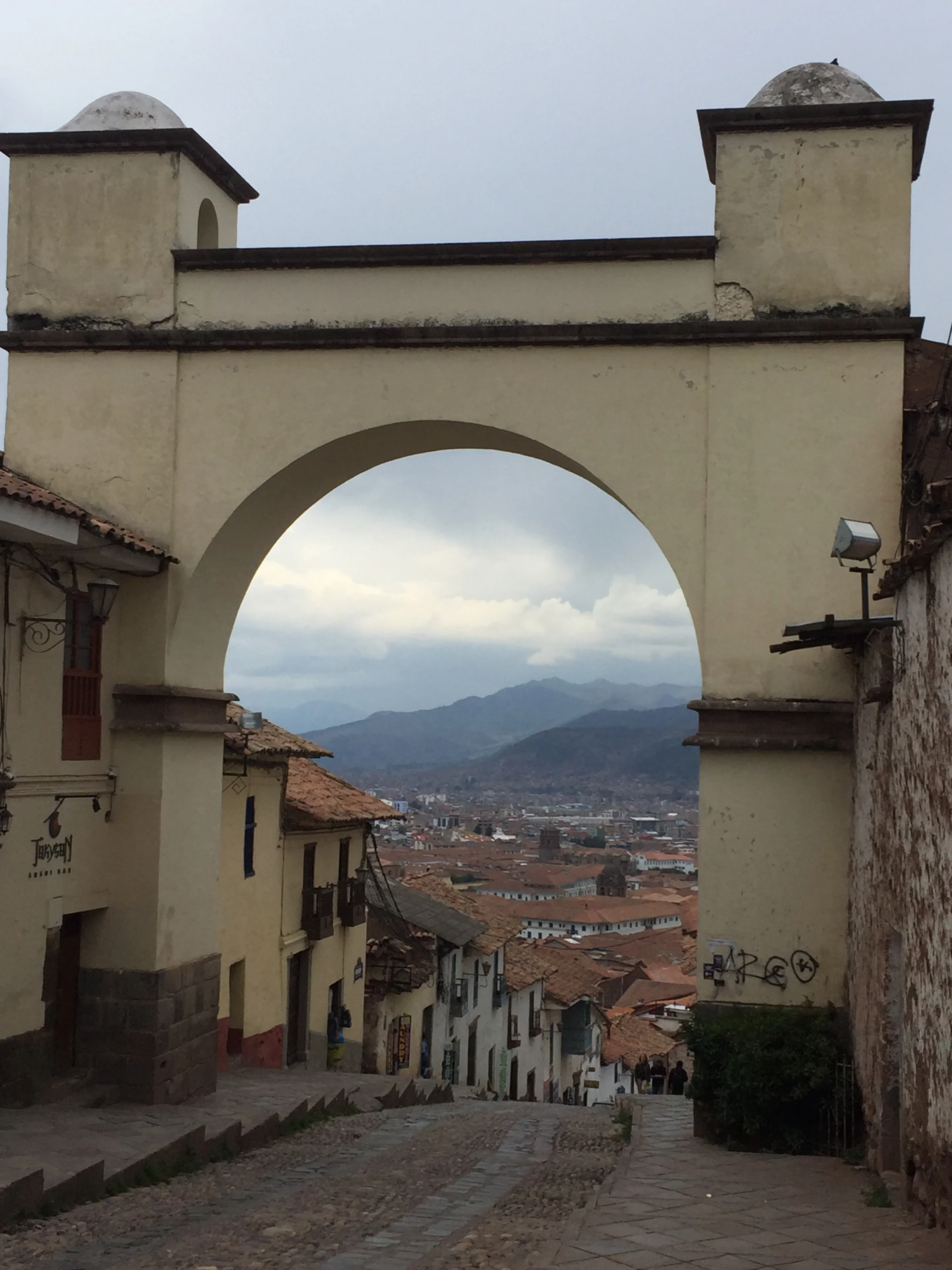Machu Picchu: A Different Thanksgiving
Will and I climbed up to Machu Picchu on Thanksgiving Day.
Although photos of visitors posing in front of the world wonder are ubiquitous, the logistics of how to get there are typically less talked about.
We opted to take the IncaRail to Aguas Calientes—the closest town to Machu Picchu.
The train is more expensive than vans or buses, but it was totally worth it. It’s fast—about two hours—and super scenic with skylights on board.
We organized our adventure through Find Local Trips, which provided a package deal of train tickets, a hostel in Aguas Calientes, and entry to Machu Picchu with a tour guide.
Overall, highly recommend. Booking ahead and having a tour guide was clutch.
Aguas Calientes is undoubtedly a tourist trap, but one to marvel at nonetheless.
Situated along the Urubamba River Valley, the town center is actually quite small.
It’s filled with overpriced restaurants and gimmicky drink deals. But there’s also a central craft market, Mercado Artesanal, selling slightly more traditional Peruvian ware.
Other than a couple of monuments, we basically felt an urgency to escape as soon as we arrived.
Fortunately, by walking only a few minutes outside of town, you near the entry point to the ruins of Machu Picchu.
We explored the path a bit before calling it an early night.
On Thanksgiving morning, we woke up super early to trek up at 4 a.m., since Machu Picchu doesn’t open until 6 a.m.
In order to preserve the UNESCO site, only 2,500 visitors are permitted to visit per day.
We followed the steep, winding switchback trail up.
By 5 a.m. it was already packed, and we followed the crowd up.
It thinned out near the peak, and we felt super lucky that the rain held out.
We only saw glimpses of what was to come.
The straight incline up was humid, but the overcast weather offered some reprieve.
Reaching the top took about two hours, and felt like a feat. Machu Picchu is one of the New Seven Wonders of the World.
The site is located on top of the Machu Picchu mountain, and was originally curated as a getaway for the Inca ruler.
It’s believed it was constructed by the ninth Inca ruler around 1450 AD, but abandoned a century later after the Spanish colonized the area.
Archeologists estimate that nearly 1,000 people lived at the site.
The granite stones, weighing up to 150 tons, were manually carried up from the banks of the Urubamba River.
Although the many of the details of how it was physically constructed is up for debate, it’s clear that the Spanish colonialists never found it.
In fact, it was practically forgotten about until the early 20th century.
Machu Picchu is a familiar global icon. It’s on too many must-see lists to count. However, we weren’t anticipating how awe-inspiring it was in person.
Walking through the ancient village was truly like discovering another world.
The only real way to do Machu Picchu justice is via visuals.
We wrapped up the tour around 10 a.m., and spent an additional hour meandering through the stone paths on our own.
Rather than taking the incredibly steep switchback trail back, we took the gradually longer road. It’s mostly used by buses, but we weren’t in any rush.
Our train from Aguas Calientes to Cusco wasn’t until later that evening, so we had an entire day to kill.
We spent most of our time at the hostel we stayed in, Ecopackers Hostel.
We played cards for hours, relishing the feeling of what we just experienced. And toasted to Thanksgiving with traditional Pisco sours.
Turkey and really anything symbolically Thanksgiving was impossible to find, so I had an alpaca burger.
It was an awesome day. Machu Picchu was truly awesome.
It’s one of the few places where the hype doesn't mitigate the spiritual, electrifying feeling of finding your own meaning.






















































